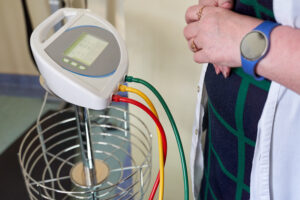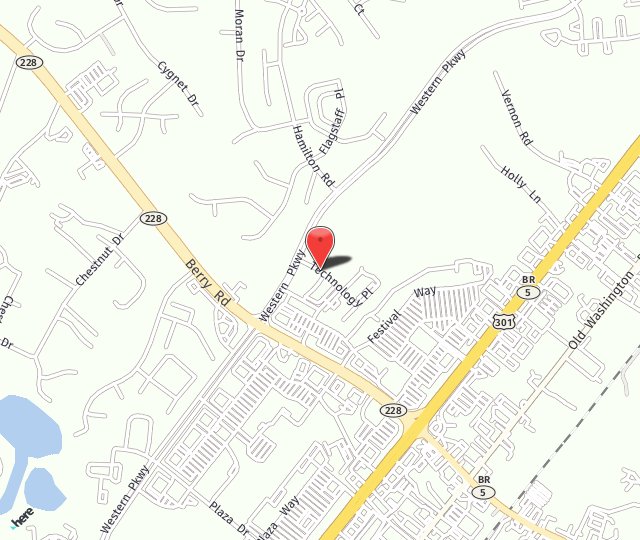
Understanding Peripheral Artery Disease
PAD is a disease of the circulatory system. The heart pumps blood out into the body via a network of arteries. This blood carries oxygen and nutrients to all organs and tissues. Peripheral arteries are those that are located in the farthest points from the heart, including the feet and legs. Peripheral artery disease develops when blood flow to these areas, or to other limbs, is not sufficient for proper function. The lack of circulation may stem from an insufficient pump-strength at the heart or, more commonly, from the formation of arterial plaque. A buildup of cholesterol, fatty deposits, and calcium can cause the arteries to narrow, impeding adequate blood flow.
Peripheral artery disease could stem from multiple factors, including:
- Lack of exercise.
- An unhealthy diet that is high in fatty foods.
- Obesity.
- Diabetes.
- Smoking.
- Diabetes.
- Age. PAD is usually diagnosed in adults over age 50.
Identifying the Symptoms of PAD
Peripheral artery disease may cause one or more of the following to varying degrees. The more severe the symptoms are, the more difficult it may be to reverse PAD without medical intervention.
- Leg pain, especially in the calves
- Discolored skin in the leg or foot
- Frequent leg cramps
- One foot or leg constantly feels colder than the other
- Slower toenail or hair growth
- Open sores on the leg are slow to heal
Can I Reverse PAD on My Own?
When a person has been diagnosed with peripheral artery disease, they often want to know what they can do on their own to improve their health. The success of lifestyle remedies in the management of PAD may depend largely on the severity of the disease and of arterial plaque. Some steps that patients are encouraged to take regardless of the need for medical treatment include:
- Changing eating habits to include more lean meats, healthy fats, and an abundance of fresh vegetables.
- Avoiding fatty foods, processed foods, and sugar.
- Walking every day for at least 45 minutes to improve circulation.
- Avoid smoking.
- Some patients may need to take prescription medication to manage their symptoms.
Medical treatment for peripheral artery disease is generally minimally-invasive and can achieve very good results. To learn more about our treatment options for PAD, contact our Waldorf, MD office at (301) 374-8540.

